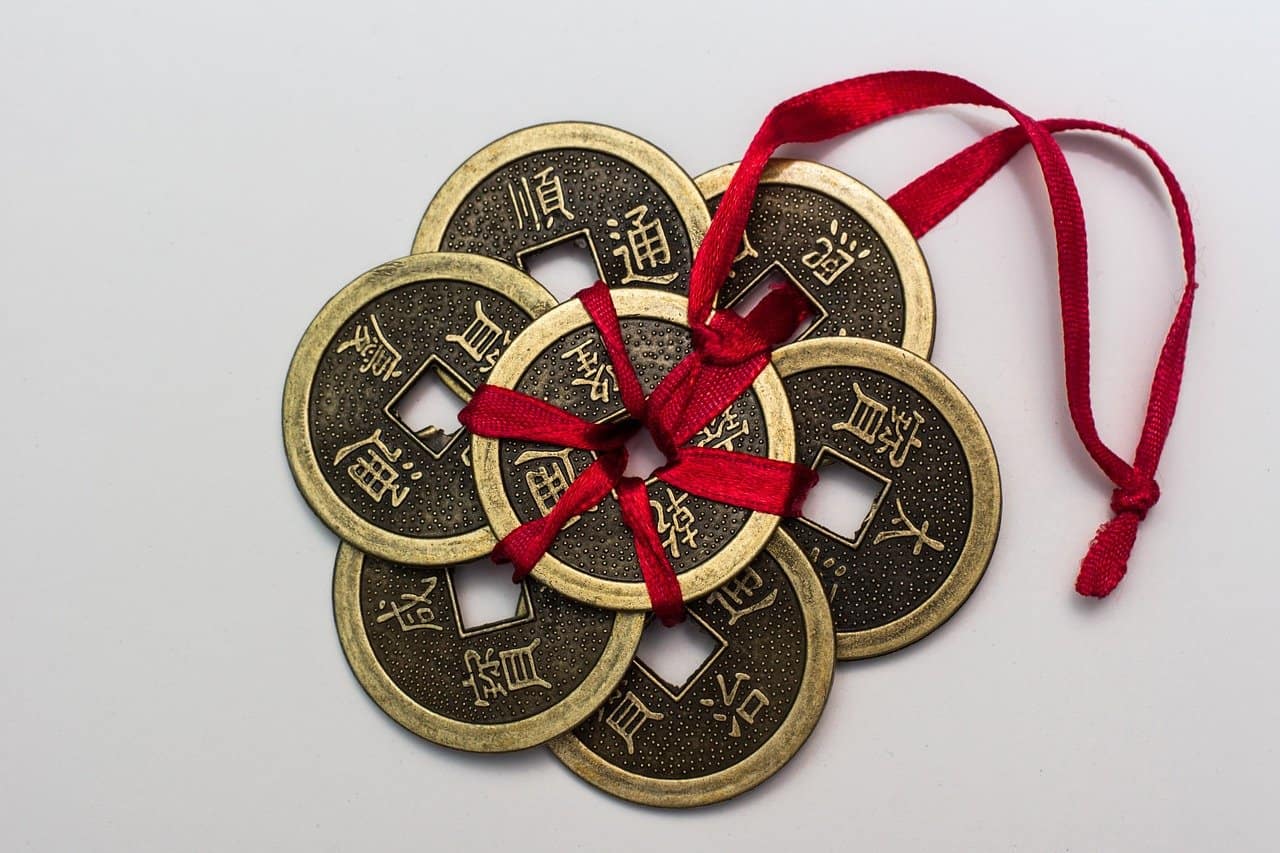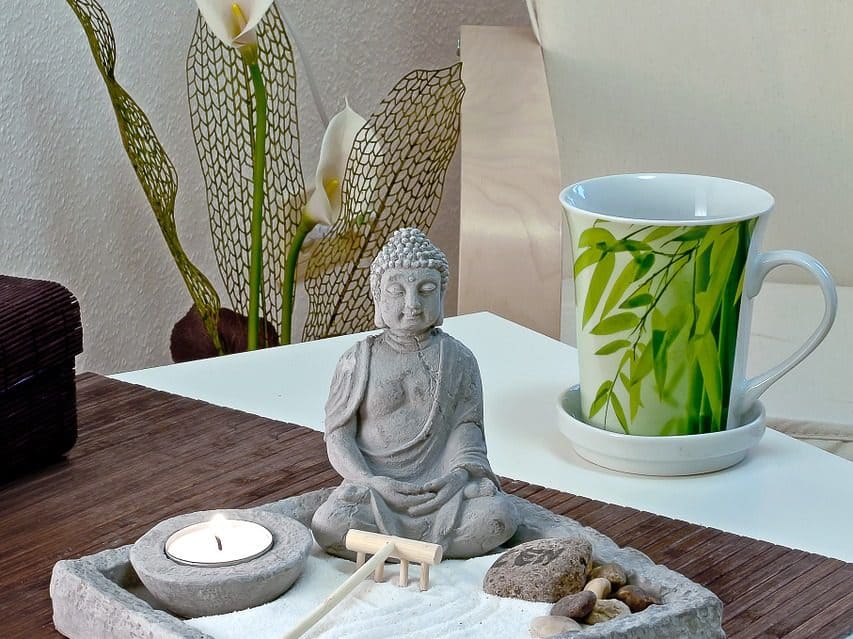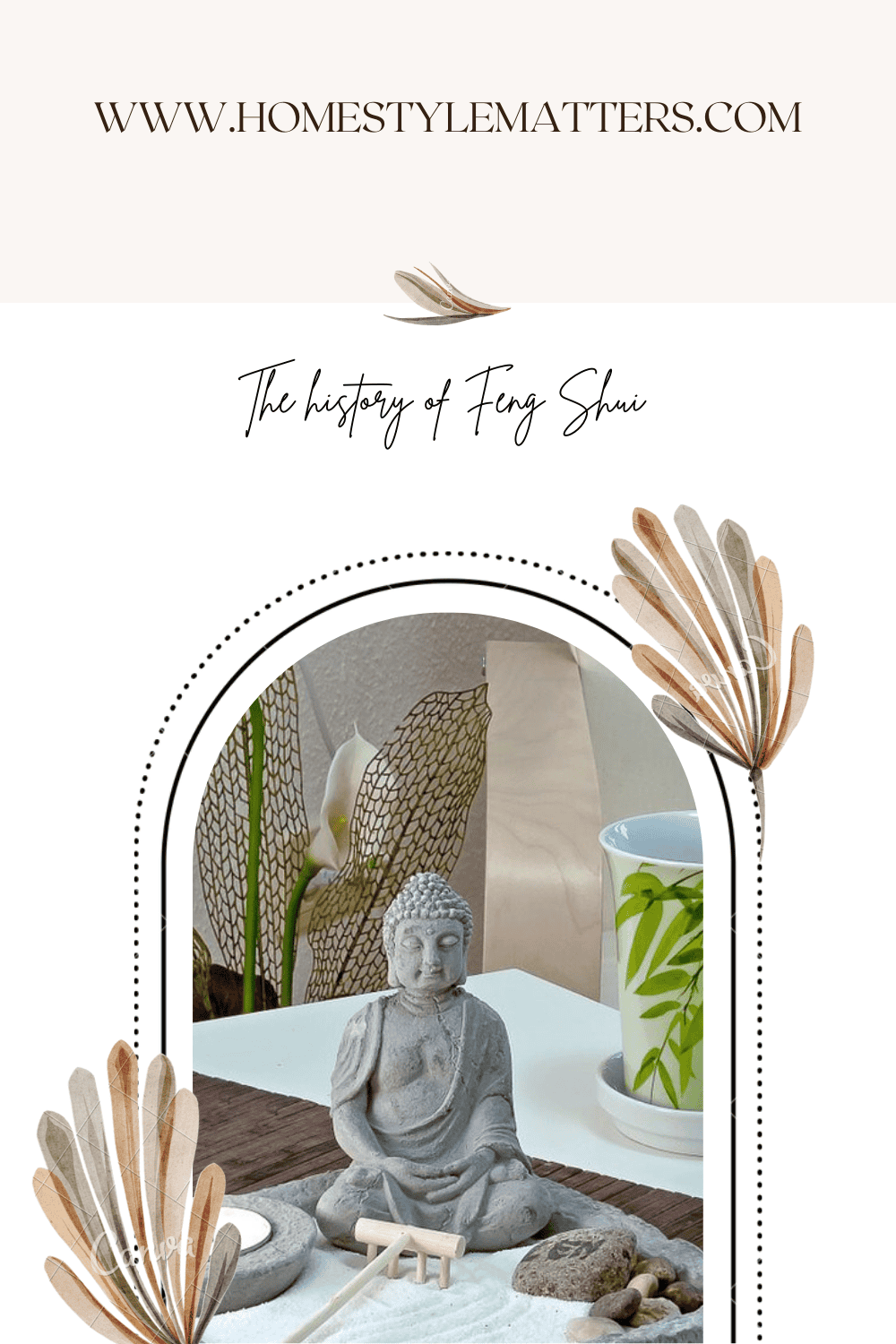History of Feng Shui
Table of Contents
I am a huge believer in Feng Shui in the home. It was founded in China thousands of years ago, and its principles have been used in many cultures, with the philosophy going by many names. Feng Shui has numerous schools of thought developed based on the geography, religion, culture, and symbolism of the region. Anyone who participates in any form of Feng Shui believes in chi, also known as ki, qi, prana, and energy.

Through the years, many Feng Shui Schools have developed, but most are a combination of Form and Compass.
Compass School
It uses eight trigrams known as the Pa Kua to implement the philosophy of Feng Shui. The Pa Kua is based on the eight main compass directions, and each direction is associated with a specific energy. For example, the South direction is a vibrant energy that brings things into full light. It is associated with the middle of summer. The Compass School is easy to learn and use. The only difficulty is using the compass and learning the different attributes for the eight directions.
Form School

Four symbolic animals are used to identify the landscape. The home should be in harmony with the four animals. Compass and Form are often used together.
Eight Mansion or Eight House Feng Shui
It is based on a person’s individual Kua number. The Kua number of males in the home is used first to bring balance and harmony into the home. A person under this system has lucky and unlucky directions. The East numbers are 1,3,4,9, and the West numbers are 2,6,7,8. This is easy to use, and there are numerous websites where you can find your Kua number quickly.
Nine Star Key

It uses the stars to identify lucky and unlucky days. The master uses complicated mathematics to pinpoint what day to marry and to whom astrologically. It is pure science that gives little flexibility, it just tells you your life through astrology, and it changes each year. Each year the Nine Star Key will tell you what house you are in and suggest how to live depending on your house.
Black Hat Sect
This uses a fixed entry to determine the living areas. This is known as the Ba Gua, and its cures are similar to the compass. The big difference is the location of the eight life areas. This system also uses a mixture of Buddhism, psychology, and design principles as Feng Shui tools. The main concept is simple to use, but you need a little schooling in the spiritual realm if you’re a beginner.
Flying Star

This is most common in Asia and is based on a combination of numerology and astrology. It isn’t easy to learn and understand. It is based on mathematical calculations and logic to determine someone’s fate.
Four Pillars
Four Pillars is based on astrology and is not very common. The person’s date of birth, including year, month, day, hour, and minutes are needed to compute the individual’s fate.
Over the years, many of the Feng Shui Schools have adapted various things from each school. An overlap and contradictions have occurred in regards to Feng Shui. It is best to decide on one school of thought before practising the Feng Shui principles in your home or office space.
The number one concept of Feng Shui is intention.




